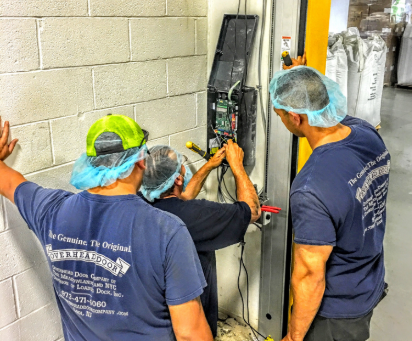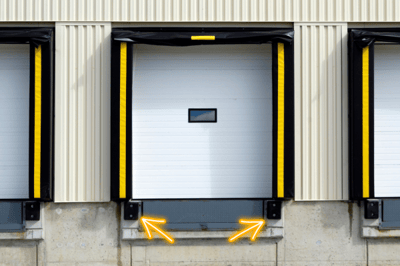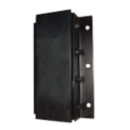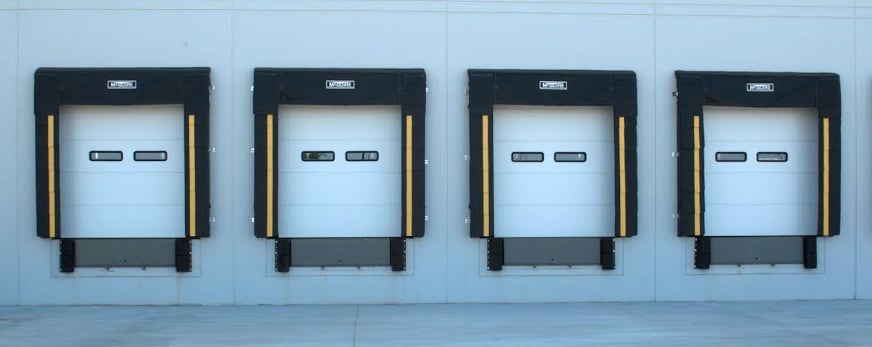The main function of the dock bumpers is to absorb the impact of an incoming truck approaching the loading dock area. They can absorb as much as 95% of the impact of a backing truck colliding with the dock. It is because of this, that it is important to replace the loading dock bumpers periodically for better protection from the damage caused by the constant impact.
Steps to Install or Replace Your Loading Dock Bumpers
Most dock bumpers are installed on the face of the foundation wall using a hammer drill and concrete wedge anchors. Before installing new equipment, a thorough inspection of the concrete surface must be performed and thus, any visible damage should be repaired beforehand.
Hereby, we provide you with some easy steps to perform this task:
1. Pre-mark the lag bolt locations with the dock bumper in the desired position.
2. Lower the dock bumper in order to drill the holes making sure you use the right diameter drill bit to the depth specified by the anchor bolt manufacturer.
3. Place the wedge anchors, and set the dock bumper over them.
4. Proceed to tighten the wedge anchors securing the dock bumper to the face of the wall.
There are several models to choose from: molded rubber bumpers, laminated rubber bumpers, and steel face bumpers. If you're looking for the most durable option, then you may want to consider installing a steel face dock bumper.
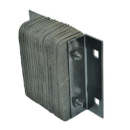 Laminated Dock Bumper |
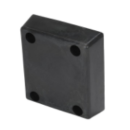 Rubber Dock Bumpers |
Steel Face Dock Bumper |
Benefits of Installing a Steel Face Dock Bumper
There are many advantages we can mention over the steel face dock bumpers. For starters, the laminated rubber absorbs the impact of the incoming truck or vehicle. These kinds of loading dock bumpers not only help reduce in a significant way the abrasion effect on the face of the bumper as the truck bed rises and lowers during each loading and unloading process, but they also reduce shear strain on the anchor bolts prolonging the secure anchor bolt installation. In conclusion, it is a wise idea to integrate these bumpers into your facility's system to get heavy-duty protection if your business involves high-frequency or heavy-impact/heavy-duty applications, or where jockey trucks are used for truck positioning.
.png?width=127&height=90&name=LDI%20Logo%202025%20for%20website%20header%203%20(1).png)
